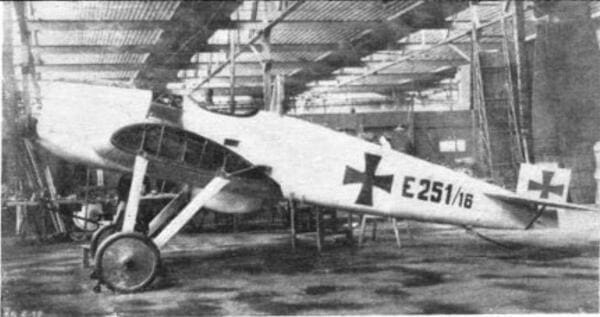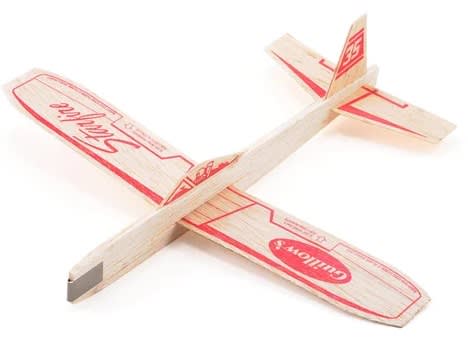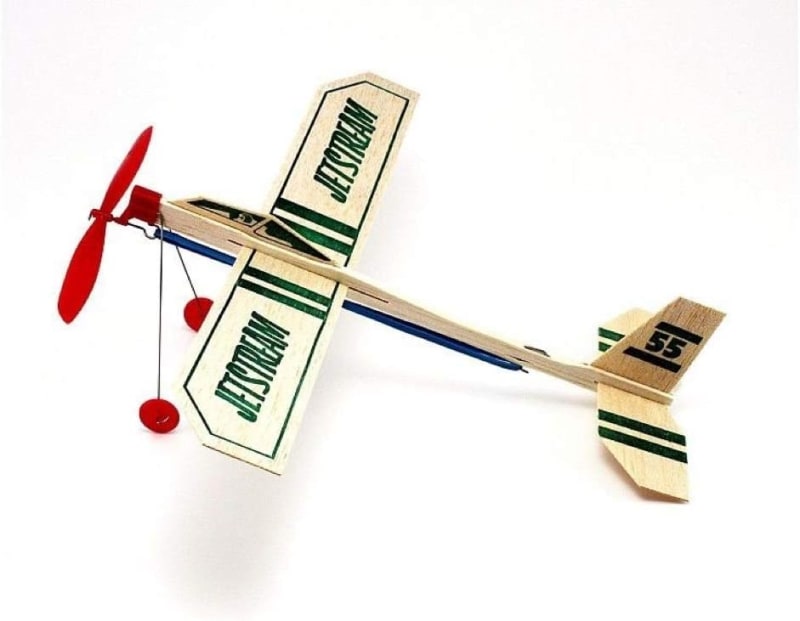enginesrus
Mechanical
- Aug 30, 2003
- 1,015
With all the constant talk about lift and airflow over the top of a wing.
I have one simple question, on average what is the percentage of airplane weight supported by the top of the wing?
I have one simple question, on average what is the percentage of airplane weight supported by the top of the wing?



